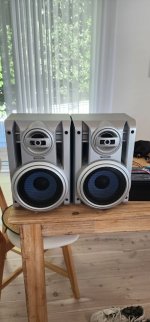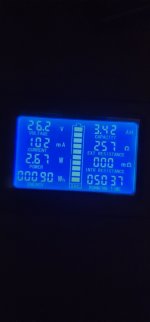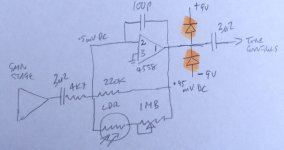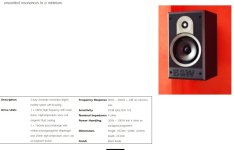DIY 200-Watt Portable Bluetooth Speaker Build – Seeking Feedback and Suggestions on Battery Set-up
Hey everyone,
I've just completed a DIY project where I built a 200-Watt portable Bluetooth speaker. I have chosen the components to suit two 100-Watt speakers I had from an old Panasonic unit, with a focus on loudness and battery life. The housing/box for the speakers are quite large, so I knew this would be a ‘not so portable’ set-up.
Here are the components:
· Battery Pack: 2x 12.8V 7Ah lithium deep cycle batteries (configured in series for a total of 25.6V).
· Speakers: A pair of Panasonic sb-ak230 speakers that are 100-Watts each and an impedance of 5 Ohms (speakers are from an old Panasonic unit I had).
· Amplifier: A class D 200W Bluetooth Amplifier Board ‘TPA3116 DAMGOO 100W+100W Audio Amp Board with LC’ that operates between 5V and 28V.
· DC Meter: A 200A 6.5-200V DC Power Battery Meter with External Shunt.
· Off/On Switch: A Narva Off And On Metal Toggle Switch with an Amperage rating 20A at 12V, 10A at 24V.
· Wiring: 15A Twin Core Power Cable.
· Connections: Narva 4mm Clear Electrical Terminal Female Blade Connector
Total Cost: $600 dollars AU. This is very expensive where I could go and buy a great portable bluetooth speaker from the shops or online, that would be louder, more portable and have better sound quality- but I did it as a fun project and to learn as well.
Sound Quality and performance:
This set-up is very loud. I did not expect it to be. As for the sound quality, I think it sounds just as good, if not better, than when it was attached to the Panasonic unit that I bought back in 2005. There is a lot of bass, but it is well balanced and not overpowering. Even near or at max volume, the sound does not distort. Although. the highlight is the battery life. According to my DC meter, I have used 3.42 Ah of the 7Ah the battery pack has. Now this is based on the 2.67 Watts of power that is currently being used while listening to a song, with the volume dial roughly a quarter way out of the max volume. So far, the speakers have been running for 50 hours and 37 minutes. Of course, the running time of the battery pack will vary, and will last a lot less the louder I make it. But so far, a quarter way of the volume is plenty for a small gathering.
The next thing I will need to do is make a housing for the battery pack, amplifier, DC meter, etc, and attach it to the speaker’s housing.
200-Watt portable Bluetooth speaker build information:
I arranged the two 12.8V 7Ah lithium deep cycle batteries in series to meet the voltage requirements to work with the two 100-Watt speakers. So far, I am taking out each individual battery to charge them. The people at Jaycar told me that I would be able to attach a 12v lithium battery charger inp arallel to the batteries which are in series, However, a friend of mine said that I can do this but won’t be able to charge the batteries whilst having the speakers on to play music at the same time. I could buy a 24V lithium charger for this set-up, but they are very expensive.
The next issue I was worried about is that I don’t have a Battery Management System (BMS) for this set-up. The people at Jaycar also said that the 12.8V 7Ah lithium deep cycle batteries have their own built-in BMS and that I wouldn’t need one. After researching online, apparently the built-in BMS in these batteries may not work when they are configured in series.
I am seeking feedback on this build as this is my first project I have done regarding a portable Bluetooth speaker. I understand that some of the components are excessive regarding the power running through the circuit. Here are a few points I'm particularly seeking feedback on:
· Circuit Design: Any suggestions for improving the efficiency or safety of the current circuitry?
· Battery Management: Ideas for charging the batteries while using the speakers at the same time.
· Sound Quality: Recommendations for enhancing audio quality, maybe through equalizer settings or additional components?
I've attached some photos of my setup and would appreciate your insights, critiques, and ideas for further improvements. If you've done something similar or have expertise in electronics and audio systems, your input would be valuable.
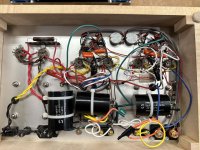
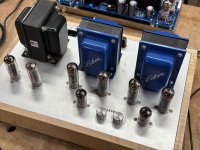
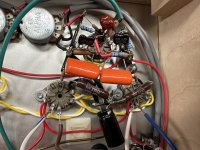

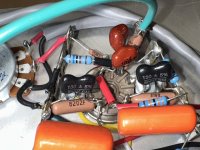


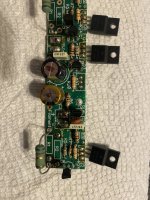
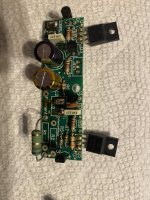

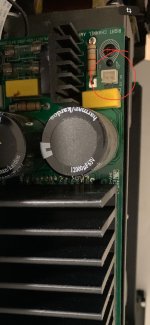
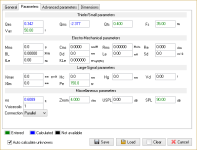
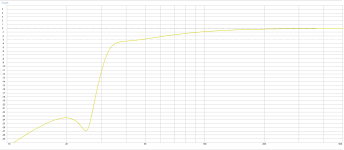
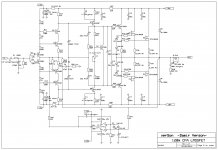
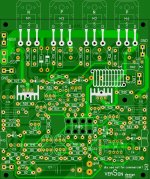
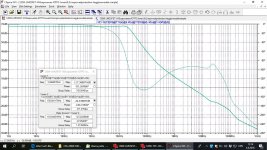

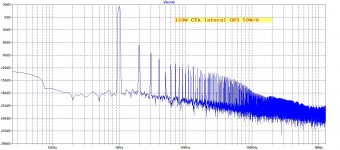
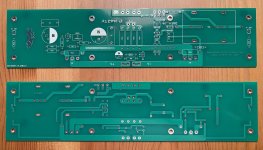
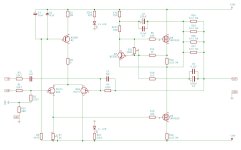

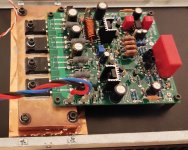
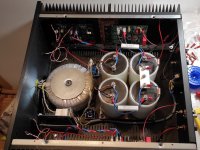

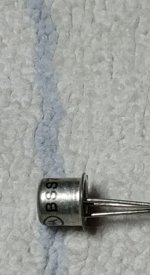
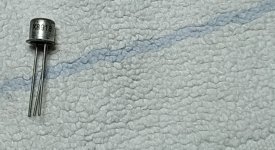
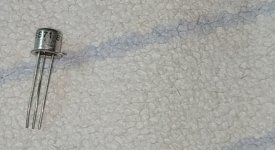
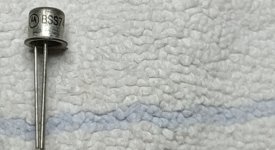
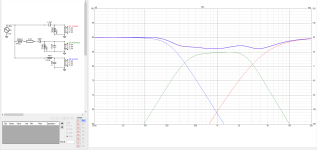
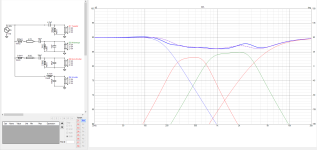
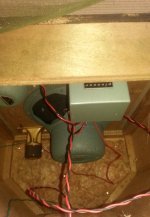
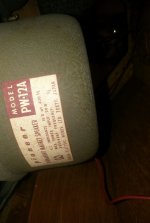

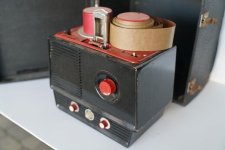
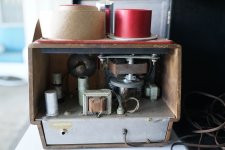
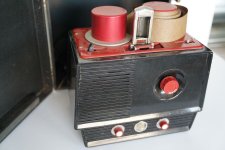
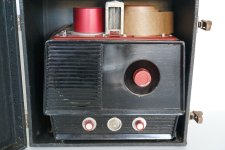
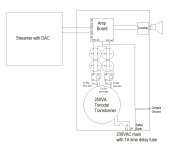
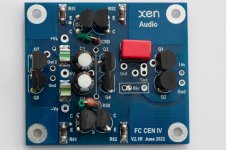

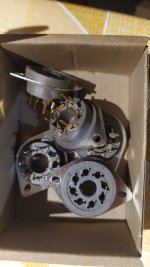
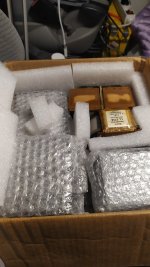
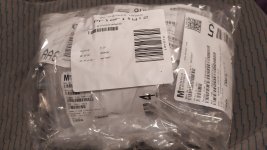
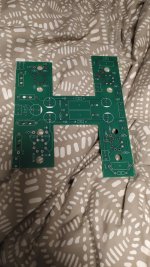
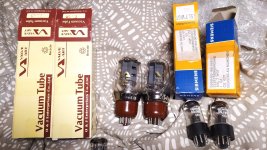
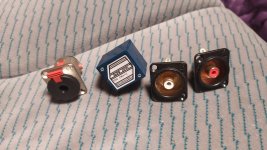
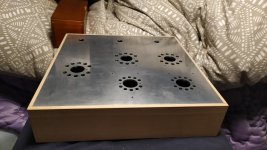
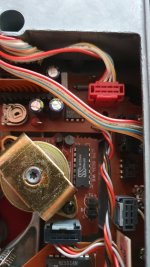
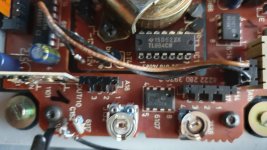
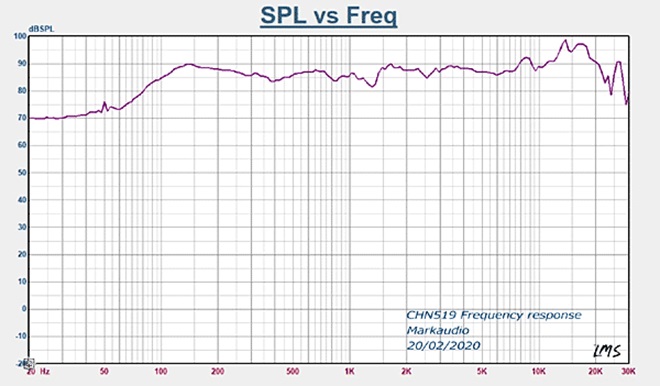

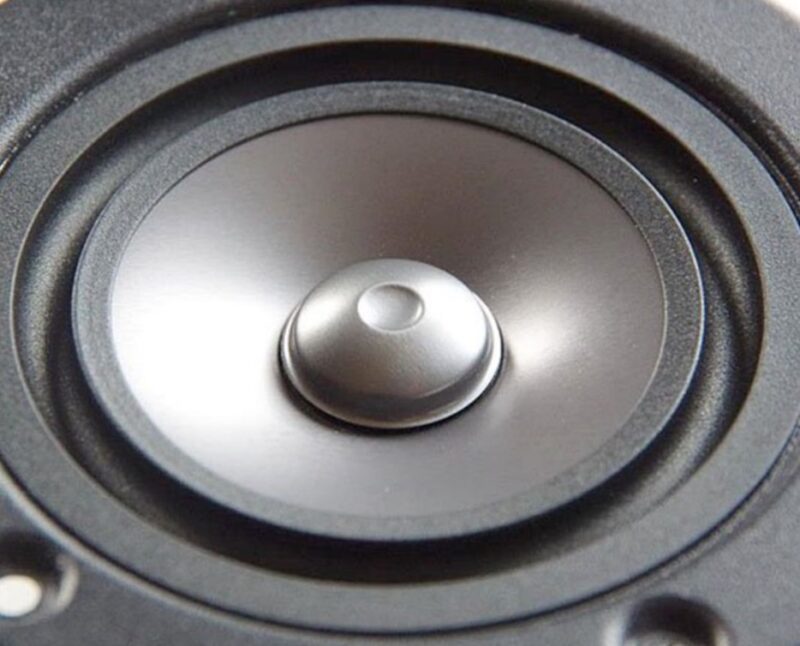

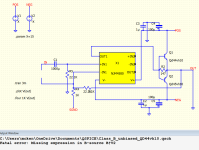

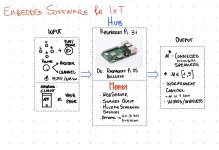
 Discussion split from here -
Discussion split from here - 